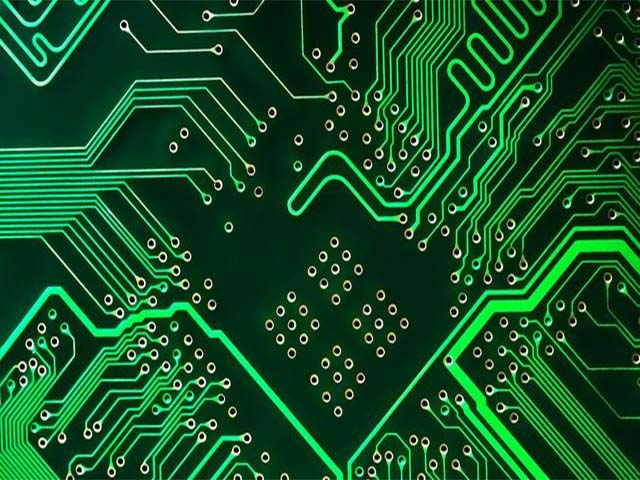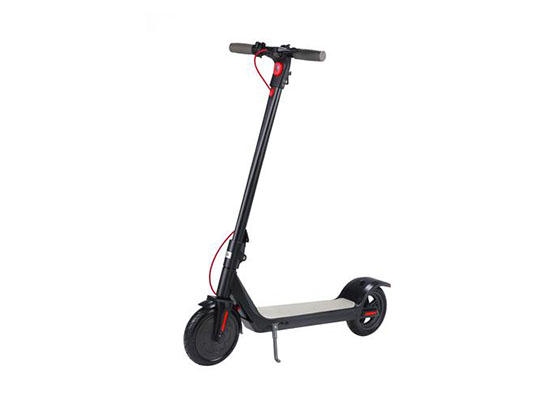Printed circuit boards (PCBs) are a fundamental component of electronic devices, providing a means to connect and control various components. One of the key factors that determines the functionality and performance of a PCB is the number of layers it has. In this post, we will compare the costs associated with 6-layer and 8-layer PCBs, and discuss the factors to consider when choosing between the two.
Introduction
A PCB is made up of a series of thin layers of conductive material, typically copper, that are separated by insulating layers. These layers are used to route electrical signals and power to the various components on the board. The number of layers in a PCB is determined by the complexity of the circuit and the number of signals that need to be routed.
6-layer PCBs are the most common type of PCB and are used in a wide range of applications, from simple consumer electronics to complex industrial equipment. 8-layer PCBs, on the other hand, are typically used in more advanced applications that require higher performance and more complex routing, such as in high-speed digital and RF applications.
Cost Comparison
One of the main factors that determine the cost of a PCB is the number of layers it has. In general, the cost of manufacturing a PCB increases as the number of layers increases. This is due to the additional cost of the materials and the complexity of the manufacturing process.
A comparison of the costs associated with 6-layer and 8-layer PCBs can be seen in the table below:
| PCB Layer Count | Cost per Unit |
|---|---|
| 6-layer | $10 – $15 |
| 8-layer | $15 – $20 |
It is important to note that the above cost per unit is an estimate and can vary depending on several factors such as the volume of PCBs produced, the size of the PCB, and the complexity of the circuit.
In addition to the number of layers, other factors that can affect the cost of a PCB include the cost of materials, such as copper and insulation, and the cost of labor and equipment.
When it comes to cost and performance trade-offs, it is important to note that while 8-layer PCBs are generally more expensive than 6-layer PCBs, they also offer improved performance and greater flexibility in terms of circuit design.
Factors to Consider when Choosing between 6-layer and 8-layer PCBs
When choosing between a 6-layer and 8-layer PCB, it is important to consider the specific requirements of the application. Different industries and applications have different requirements when it comes to PCBs, and this can impact the choice of layer count.
For example, 6-layer PCBs are commonly used in consumer electronics, such as smartphones and tablets, due to their lower cost and sufficient performance for these applications. 8-layer PCBs, on the other hand, are often used in high-speed digital and RF applications, such as in telecommunications and networking equipment, where the improved performance and higher signal integrity offered by the additional layers is crucial.
In addition to the specific requirements of the application, other factors to consider when choosing between 6-layer and 8-layer PCBs include the complexity of the circuit, the number of signals that need to be routed, and the power requirements of the circuit.
Another important factor to consider is the potential drawbacks and limitations of 6-layer and 8-layer PCBs. For example, 6-layer PCBs have less routing space and may have more difficulty handling high-speed signals and power delivery. 8-layer PCBs, on the other hand, may have a higher cost and may be more difficult to manufacture due to the increased complexity of the layers.
When it comes to designing a PCB, the choice of layer count can also have an impact on the overall circuit design. For example, a 6-layer PCB may require more vias and may have more limited routing options, while an 8-layer PCB may offer more flexibility in terms of routing and placement of components.
Ultimately, the choice between a 6-layer and 8-layer PCB will depend on the specific requirements of the application, as well as the trade-offs between cost and performance. Careful consideration of these factors will help ensure that the right choice is made for the specific application at hand.
More
4 Layer PCB vs. 6 Layer PCB: What’s the Difference?
Conclusion
In this post, we have compared the costs associated with 6-layer and 8-layer PCBs, and discussed the factors to consider when choosing between the two. We have seen that while 8-layer PCBs are generally more expensive than 6-layer PCBs, they also offer improved performance and greater flexibility in terms of circuit design.
We have also discussed the different applications and industries that use 6-layer and 8-layer PCBs, as well as the technical considerations that come into play when choosing a PCB layer count. Ultimately, the choice between a 6-layer and 8-layer PCB will depend on the specific requirements of the application, as well as the trade-offs between cost and performance.
It’s also worth noting that PCB technology is constantly evolving, and new developments such as the use of advanced materials and new manufacturing processes may impact the choice between 6-layer and 8-layer PCBs in the future. It’s important to stay informed about these developments in order to make the best choice for your application.
In conclusion, the choice between 6-layer and 8-layer PCBs is a complex one that depends on a variety of factors, including cost, performance, and application requirements. Careful consideration of these factors can help ensure that the right choice is made for a specific application.




